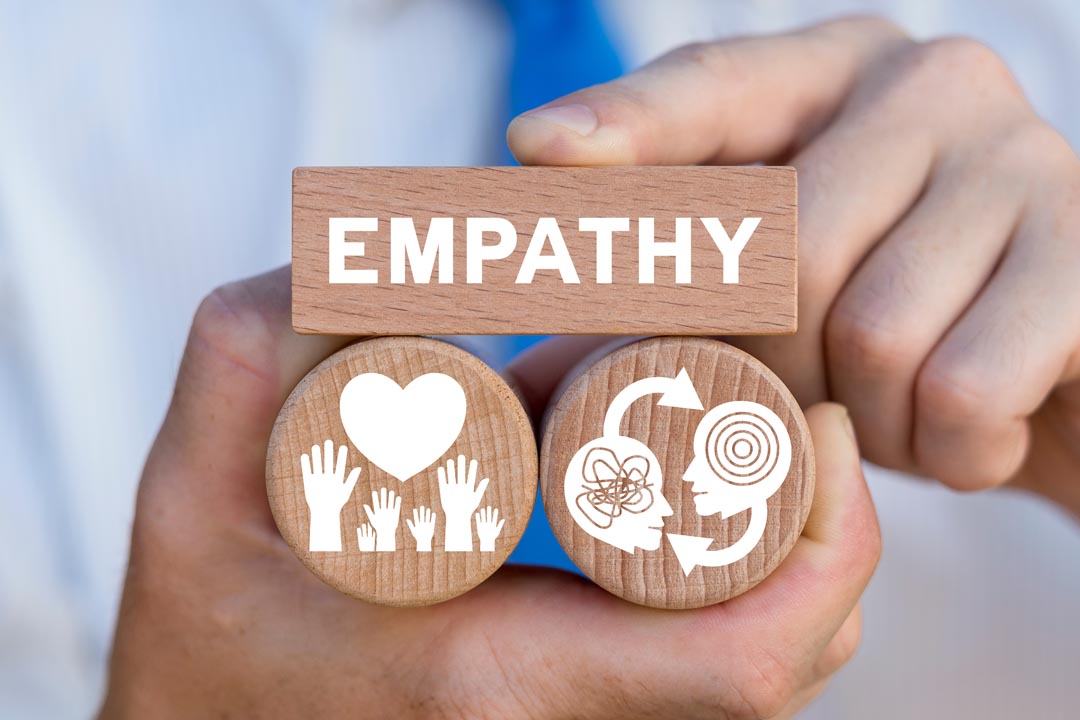The Royal National Institute of Blind People (RNIB) inclusion guru Steve Tyler tells Gill Hitchcock that it makes sense for councils to build accessibility into their digital services.
Blind or partially sighted people can have trouble using councils’ websites on the move – Photo credit: Flickr, Georgie Pauwels
RNIB has a challenge for local authorities: to submit their apps and digital services for accessibility accreditation by the charity. And, if their services or apps aren’t accessible, the RNIB will help them reach that goal.
More Features
Some businesses already have the charity’s accessibility quality assurance mark for their digital products. For instance, this summer, NatWest’s banking app became the first in the banking sector to be ‘RNIB Approved’.
NatWest used existing iPhone and Android technology, but broke new ground by making 160 adjustments – including allowing text on to be read out loud to the user – to support its 10,000 customers who have some form of visual impairment.
Another private sector success story is the British Gas app, which allows blind and partially-sighted householders to control their heating and hot water systems using their Android smartphone by using the phone’s voice control features.
Call to arms
But the public sector is yet to follow suit. When asked if any council apps are in line for RNIB accreditation, Steve Tyler, head of solutions and planning at the charity, offers a diplomatic response: “Not at the moment.”
Tyler says digital technologies create huge opportunities for councils to serve all citizens, but there is “massive variability” in accessibility across local authority websites.
About 25 per cent of sites reviewed by the RNIB are reasonably accessible, while the rest vary from “kind of okay to really difficult”, he says. “I have one of the most powerful screen reading technologies on the planet – JAWS – and it can’t deal with some of them.”
Blind and partially-sighted people face major obstacles downloading council forms and reports, Tyler says. They are often in a PDF format that hasn’t been made accessible, or include tables that are poorly set out so a screen reader can’t identify what the data represent.
“One example is if you want to get your bins emptied on a particular day, or you want some rubbish collected,” he says.
“It’s all very well being able to get to the right place on the website, but then you’ve got a form or a process to tangle with, which is very likely nothing to do with the website design itself. It’s been laid out by somebody else.”
Images are another challenge for blind people, unless they are labelled so that a screen reader can identify what they represent. “The simple expedient of just adding a label is a game changer. It’s not difficult, but you’ve got to know to do that,” says Tyler.
Councils need to go through the “extra step of cascading information right through their systems, so whoever is creating [documents and pages] from the outset knows what good practice is”, he says.
But, despite the problems, accessibility is becoming mainstream. Tyler says people generally expect to be able to communicate using their devices in different ways, and that this technology means councils can design services that are available to everyone. Well-designed online processes are cheaper, too.
On the other hand, poorly designed services that exclude disabled people will cost councils money.
“People will go onto the website, not be able to handle it and not find what they want,” he says. “You are likely to get a call with the original question or challenge, as well as ‘And by the way, I tried to get onto your website, can you help me to deal with that’. And you have just bought yourself a whole additional nightmare.”
Building awareness
Tyler says that the problem with encouraging accessibility is that people think it is difficult and expensive, but “it really, really isn’t”. It does not add much to development costs, he says, especially if you build in accessibility from the start on a new site.
The most important part to accessibility is awareness. Teams have to gather the knowledge to do it.
However, Tyler admits that spreading the message about good accessibility can be complicated when councils outsource web design. Even if the design is done in house, knowledge is often lacking.
He points out that there is an abundance of advice and support on offer. “If you’re making an Apple-based app, it’s very difficult to escape messages about accessibility. It’s just good practice.
“If you are making an Android-based app there are so many resources. There are web consortium guidelines freely available, telling you exactly what best practice is to create a website. Even if all you do is label things properly, then you’re well on your way to making it work.”
Tyler cites shopping delivery service Ocado’s app – made by the same team as the apps for Waitrose and Morrison’s – as a good example.
“We worked with them to make their app fully accessible, we accredited them, and they can use exactly the same technology in any other piece of work,” he says. “That’s the kind of message that we want to spread right through government services.”
Tyler wants councils to be “more alive” to the very different needs in society that can be handled by proper navigability or mark up on a website, or by an accessible app.
Poor accessibility affects citizens’ ability to access services, and it threatens their democratic rights, he argues. For instance if information about local elections is not readily available to disabled people, they are being directly discriminated against.
“In the end, we elect councillors to do a job. And we are all responsible for those elections, or we are in theory, and we want to hold those guys to account,” he says. “If you can’t get to that process, then accountability simply isn’t there.”
About the author
Gill Hitchcock is a health and public services journalist.



